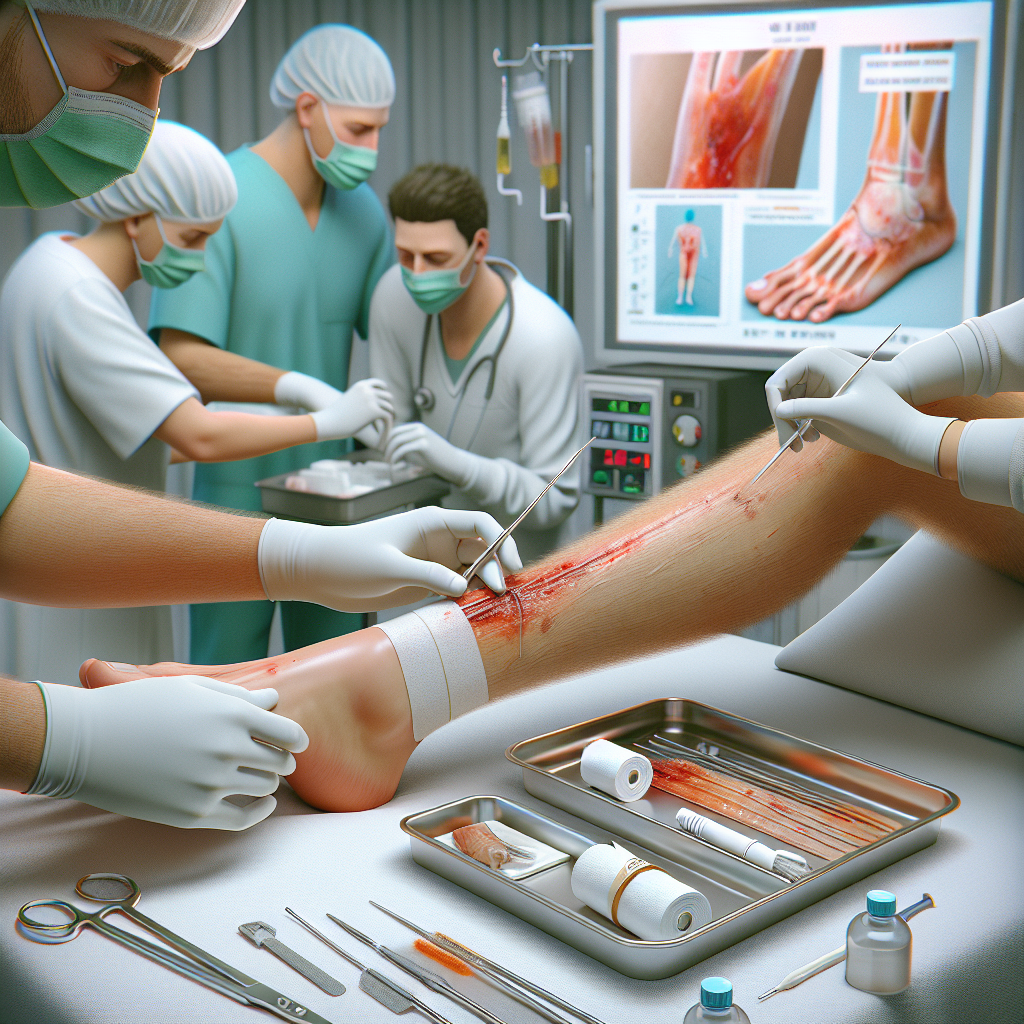Introduction
Imagine you’re in your garden, pruning roses, when suddenly a thorn pricks your finger. It’s a minor injury, but days later, the area becomes red and swollen. You might wonder: Can you squeeze the infection out of a cut? This question is more common than you think, and understanding the best practices for treating such infections is crucial to avoid complications.
- Understanding Infected Cuts
- The Dangers of Squeezing an Infection
- Proper Wound Care Techniques
- When to Seek Medical Help
- Key Takeaways
- FAQ
- Conclusion
Understanding Infected Cuts
An infected cut is not just a mere inconvenience; it’s a gateway for bacteria to wreak havoc on your body. When bacteria enter through a cut, they can cause symptoms such as redness, swelling, warmth, pain, and sometimes even pus. The body’s immune system responds to this invasion, but sometimes it needs a little help from us.
For instance, if you’re dealing with a minor injury and are unsure about its severity, our Minor Injury Treatment page offers comprehensive guidance.
The Dangers of Squeezing an Infection
It might be tempting to squeeze an infected cut to expel the pus. However, this seemingly straightforward act can be likened to opening Pandora’s box. When you apply pressure to a swollen, infected area, you risk pushing bacteria deeper into the tissues or even spreading it to other parts of the body. This can lead to more severe infections or abscess formation.
Furthermore, squeezing can cause additional damage to the surrounding tissue, exacerbating the situation. Instead of taking matters into your own hands, consider visiting an urgent care center. Our Urgent Care Services page provides information on how professionals handle such cases.
Proper Wound Care Techniques
Cleaning the Wound
The first step in treating an infected cut is proper cleaning. Use clean water and mild soap to wash the area gently. Avoid using harsh chemicals like hydrogen peroxide or iodine as they can irritate the wound. For detailed advice on handling ear infections and other minor issues, check out our post on draining ear infections quickly.
Applying Antiseptic
After cleaning, apply an antiseptic ointment to prevent further bacterial growth. Covering the wound with a sterile bandage helps keep it clean and protected.
Monitoring for Signs of Serious Infection
If the wound shows signs of significant infection, such as increased redness, warmth, pus, or systemic symptoms like fever, it’s time to consult medical professionals. Our Hinsdale Injury Treatment page offers valuable insights into what steps to take next.
When to Seek Medical Help
Understanding when to seek medical attention is crucial. If home care measures don’t improve the wound or if symptoms worsen, seeking professional help is imperative. For children specifically, knowing when to go to the ER is vital, as outlined in our article on when to take your sick child to the ER.
Key Takeaways
- Squeezing an infected cut can worsen the condition by pushing bacteria deeper into tissues.
- Proper cleaning and antiseptic application are crucial for effective wound care.
- Seek medical help if home treatments fail or symptoms escalate.
FAQ
Is it safe to use hydrogen peroxide on an infected cut?
No, hydrogen peroxide can irritate the wound and delay healing. Instead, use mild soap and water for cleaning.
What should I do if my child has an infected cut?
Clean the wound, apply antiseptic, and cover it with a sterile bandage. If symptoms worsen, consult a pediatric urgent care center. Our Pediatric Urgent Care page offers more specialized advice.
Conclusion
An infected cut may seem like a small issue, but improper handling can lead to serious complications. Avoid squeezing the infection out and follow proper wound care techniques instead. If home remedies don’t suffice, don’t hesitate to seek professional help. Remember, timely intervention can make all the difference in healing efficiently and safely.
For more detailed guidance on injury treatment and urgent care services, explore our comprehensive resources available at Immediate Care Westmont.
Keeping yourself informed and prepared is half the battle won in effective wound care.




